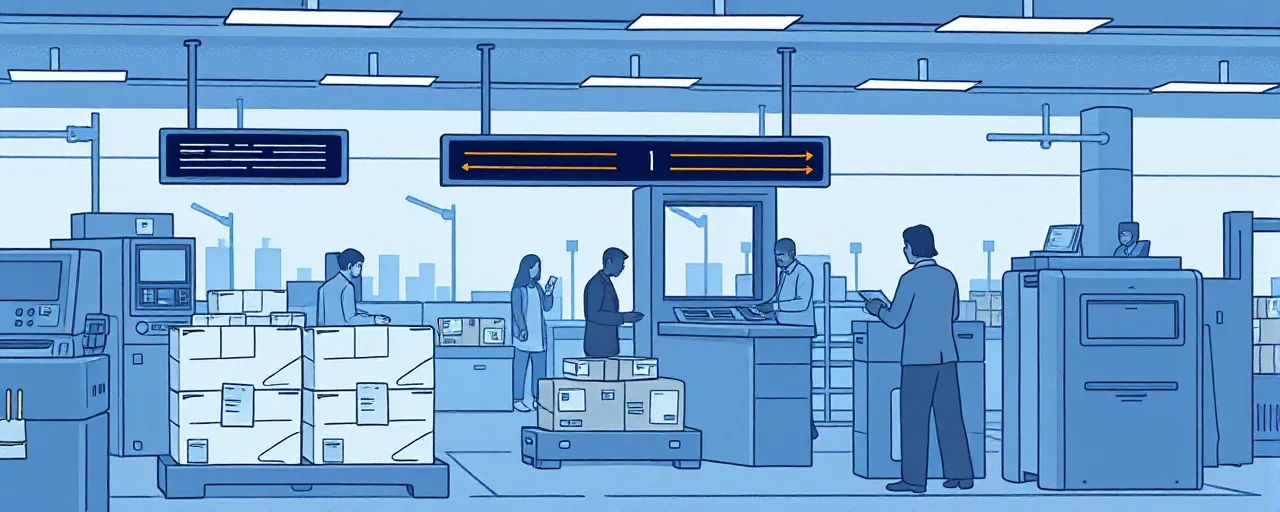A Bold Move at the Border
President Donald Trump signed an executive order on April 2, 2025, slamming the door on duty-free treatment for low-value imports from China. The move scraps the long-standing de minimis exemption, which allowed packages valued at $800 or less to slip into the U.S. without tariffs. Starting May 2, these shipments will face full duties, a shift the White House ties directly to the fight against synthetic opioids like fentanyl flooding American streets.
The decision lands amid a grim reality: fentanyl overdoses killed over 74,000 Americans in 2023 alone, outpacing annual deaths from the Vietnam War. With U.S. Customs and Border Protection (CBP) seizing more than 26,700 pounds of the drug last year at official entry points, the administration argues that small, unchecked packages have become a pipeline for traffickers. This order aims to choke that flow, but it’s already sparking debate over its broader fallout.
Cracking Down on a Deadly Trade
At the heart of the policy lies a pointed accusation: Chinese chemical companies, often backed by state subsidies, are fueling the opioid crisis. Firms like Hubei Aoks Bio-Tech Co. Ltd. have faced U.S. indictments for churning out fentanyl precursors, chemicals that Mexican cartels turn into deadly doses. Despite China’s 2019 ban on fentanyl production, these companies have pivoted to exporting raw ingredients, hiding them in mislabeled shipments or fraudulent packages.
The White House frames this as a national emergency, noting that CBP processes over 4 million de minimis shipments daily. Many of these, they claim, conceal illicit goods exploiting the exemption’s lax oversight. New rules will slap a 30% duty or a $25 fee per postal item (rising to $50 after June), forcing carriers to report details and pay up. Yet, some question whether tariffs can truly stem a crisis rooted in complex global supply chains.
Economic Waves and Trade Tensions
Beyond security, the order reshapes a bustling trade landscape. E-commerce giants like Shein and Temu, which thrived on shipping cheap goods direct from China, now face higher costs. Analysts predict price jumps of up to 55% for some products, potentially slashing demand in half. Small businesses and consumers who leaned on these platforms might feel the pinch, while logistics firms scramble to adapt to stricter entry rules.
This isn’t just about drugs; it’s a salvo in a simmering U.S.-China trade war. The U.S. points to China’s tight import restrictions as justification, highlighting Beijing’s lack of reciprocity. Critics, however, warn that piling on tariffs, including a separate 20% hike Trump enacted, risks escalating tensions without tackling the opioid crisis’s domestic drivers, like addiction and uneven healthcare access.
Does It Work? The Evidence So Far
History offers a mixed verdict on tariffs as a drug-fighting tool. Past U.S. efforts to pressure China and Mexico with trade penalties have disrupted legitimate commerce but left trafficking networks largely intact. Experts argue that smugglers adapt fast, rerouting precursors through countries like India or masking them better. Seizures have climbed, thanks to tech like AI scanners at ports, yet CBP estimates it catches only a fraction of what crosses the border.
On the flip side, supporters say the order plugs a glaring loophole. With most fentanyl smuggled through legal entry points, not over open borders, tightening scrutiny on small packages could disrupt traffickers’ playbooks. Still, voices from public health circles stress that curbing supply won’t solve demand; overdose deaths dipped slightly in 2023, tied more to naloxone access than trade policies.
A Nation Grappling With Loss
Fentanyl’s toll is staggering. It’s now the top killer of Americans aged 18 to 45, with a single two-milligram dose enough to end a life. The economic hit topped $2.7 trillion in 2023, counting healthcare, crime, and lost lives. Public health systems are buckling, even as harm reduction steps, like wider Narcan distribution, offer a lifeline. The White House casts this order as fulfilling Trump’s campaign vow to crush the drug crisis, but the path ahead looks rocky.
For everyday people, the stakes are personal. Families torn apart by overdoses want action, yet some wonder if higher prices for everyday goods are a fair trade. Policymakers face a balancing act: secure the border, protect public health, and keep the economy humming. The Secretary of Commerce’s report, due in 90 days, will shed light on whether this gamble pays off or just shifts the burden elsewhere.
